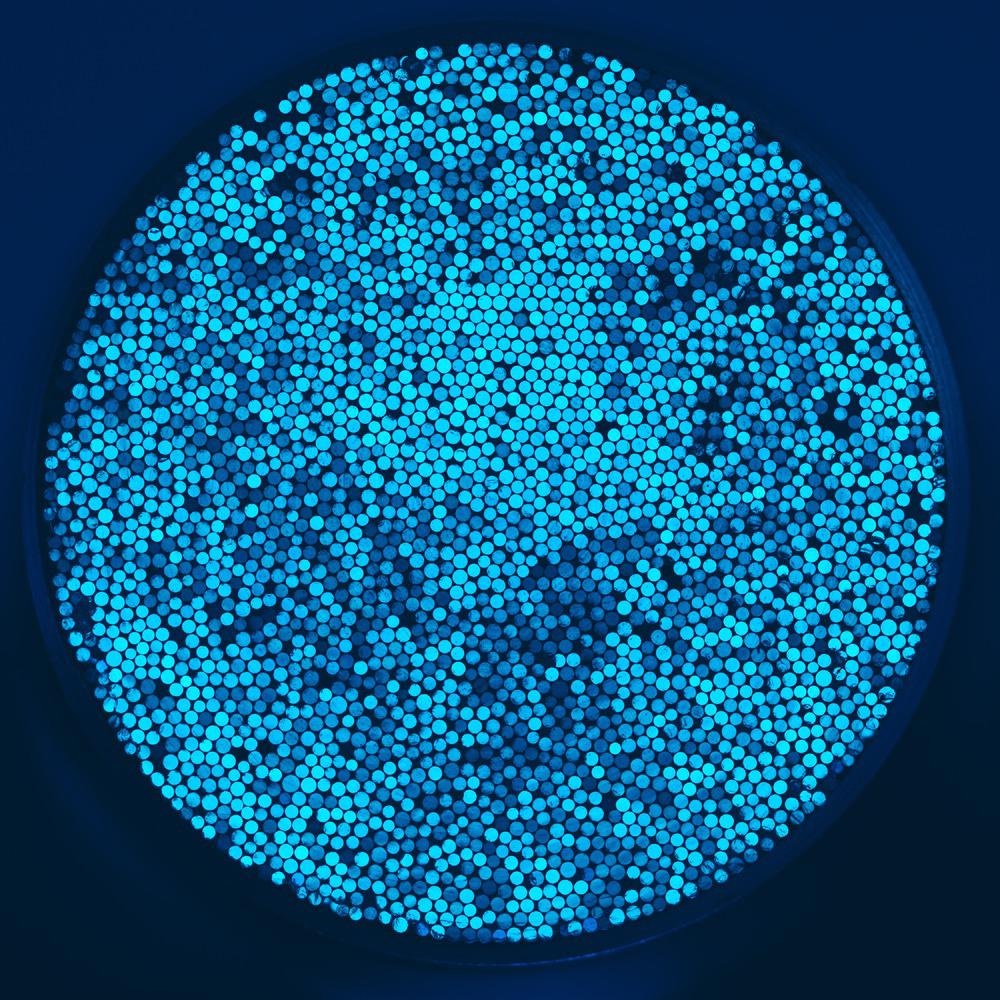NIL Technology (NILT), a leader in modern optical solutions, announces a breakthrough performance in metalens optics. NILT has designed, built, and characterized multiple meta optical element (MOE) lenses with 94% absolute efficiency.

Image Credit: nikkytok/Shutterstock.com
The groundbreaking result of 94% absolute efficiency* is demonstrated with a 940 nm NIR lens. The result is a major milestone for the commercial use of metalenses and proves NILT’s MOEs are the first flat lenses that can compete with refractive optics.
The high efficiency makes the MOE lenses ideal for sensing and machine vision applications targeting consumer electronics, industrial, IoT, medical, and automotive markets. These innovative markets will benefit largely from NILT’s MOE optical solutions, where requirements call for high efficiency, excellent performance, lightweight and compact designs.
A Disruptive Technology Ready for Launch
The groundbreaking results show that MOEs have enormous potential. MOEs can disrupt numerous applications, such as simplified Time-of-Flight (ToF) systems with high relative illumination and ultra-compact NIR cameras used for eye-tracking and driver monitoring. Previously, the main barrier has been the low efficiency of manufactured metalenses. This barrier is now finally removed.
I am happy to share our achievements. We have extensively designed, optimized, fabricated, and characterized MOE lenses with an extremely high absolute efficiency of 94%. This is proof that high efficiencies of MOE lenses are not only theoretical but can be developed for advanced optical functions, with performance beyond what is possible with refractive optics.
Ulrich Quaade, Head of Optics, NILT
Theodor Nielsen, CEO, and founder continues, “Our results show that we have unique design capabilities. Prototyping is secured by e-beam lithography (EBL) and mass production by nanoimprint lithography (NIL). This enables us to rapidly prototype MOEs and scale to mass production faster than anyone else”.
Ready for Mass Production
MOEs from NILT are ready to be delivered and mass-produced to customers’ specifications. They can be designed with complex phase functions, and multi-MOE stacked components can be designed to meet required specifications. The MOE itself is made in silicon on a glass substrate, making it strong, rigid, reliable, and thermally stable. It can be customized for wavelengths in NIR and SWIR bands.
The entire process of MOE production, from design, prototyping, assembling, and mass production is done internally. Mass production is done by NIL, which, unlike semiconductor processes, imposes no restrictions on meta-atom geometries like size, shape, and location. This ensures best-performing MOEs based on current design techniques and greater freedom to innovate. Moreover, NIL enables NILT to mass produce without being dependent on capital-intensive equipment and low availability of DUV lithography equipment.
Technical specifications including measured and simulated point spread function (PSF) can be found on www.nilt.com/high_efficiency_MOE_lens
* Efficiency. In some industry reports, the notion of relative efficiency is used, where efficiency is calculated relative to the transmitted power of the lens or the substrate. This will typically give a higher number than the absolute efficiency, defined as the energy reaching the focal point divided by the incoming energy. At NILT, we believe that absolute efficiency is the most accurate and useful way to describe the lens efficiency.